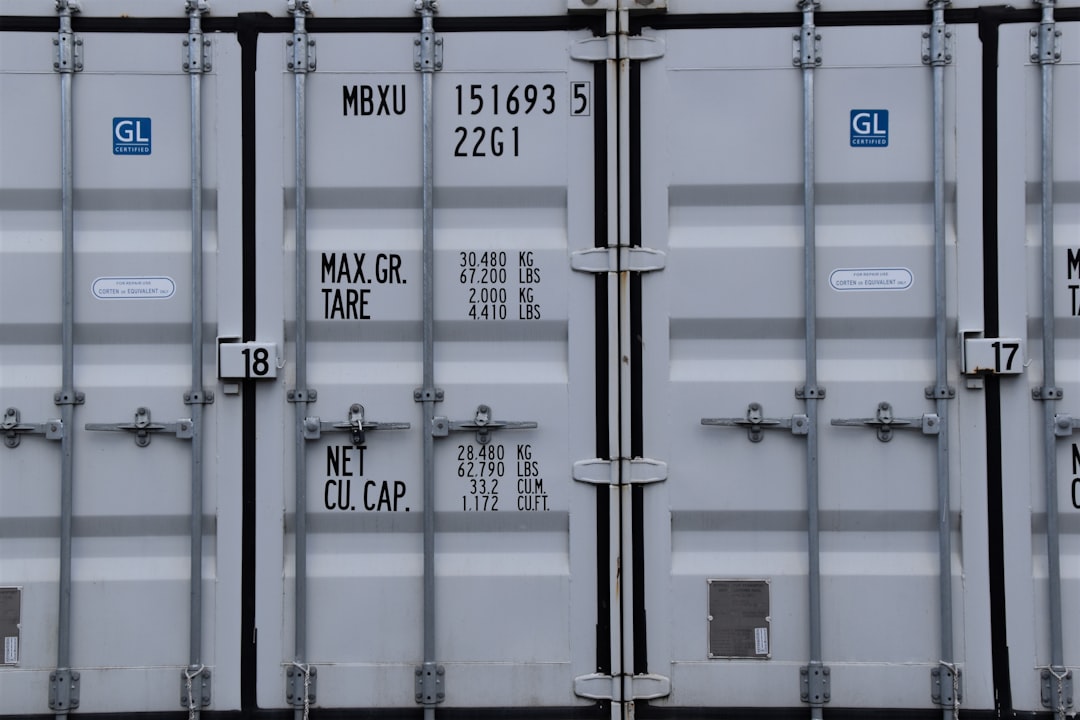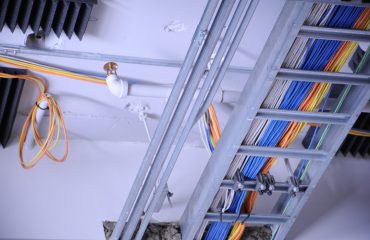The steel industry, a cornerstone of modern infrastructure, relies heavily on efficient logistics. Delivering heavy, bulky steel products across vast distances presents unique challenges. However, advancements in technology and strategic optimization are revolutionizing steel delivery, leading to significant cost reductions, improved delivery times, and enhanced customer satisfaction. This post delves into the key aspects of logistics optimization within the steel industry.
1. Route Optimization: The Steel Mile’s Most Efficient Path
Route optimization is paramount in steel delivery. Traditional methods often relied on simple, often inefficient, routes. Modern logistics optimization leverages sophisticated software incorporating real-time traffic data, road conditions, weight restrictions, and even weather forecasts. This allows for the dynamic generation of the most efficient routes, minimizing fuel consumption, reducing delivery times, and lowering overall transportation costs. Algorithms consider factors like distance, time, and the carrying capacity of different vehicles to select the optimal path for each delivery, even handling complex multi-stop routes with multiple deliveries across different locations.
Furthermore, incorporating advanced GPS tracking allows for real-time monitoring of vehicles, enabling proactive responses to unforeseen delays or incidents. This proactive approach prevents disruptions and ensures timely delivery, maintaining the integrity of the supply chain. The integration of telematics provides valuable data for future route planning, continuously improving efficiency over time.
2. Inventory Management: Striking the Right Balance
Effective inventory management is crucial for minimizing storage costs and preventing stockouts. In the steel industry, where products are often bulky and require specialized storage, optimizing inventory levels is particularly challenging. Implementing a robust inventory management system (IMS) is essential. This system should provide real-time visibility into stock levels across all warehouses and distribution centers. Data analytics can predict future demand based on historical sales data and market trends, allowing for proactive ordering and preventing shortages.
Furthermore, an effective IMS should integrate with the transportation management system (TMS) to optimize stock allocation across different locations. This ensures that steel products are readily available at the closest distribution center to the customer, reducing delivery times and transportation costs. Sophisticated inventory management techniques, such as just-in-time (JIT) inventory, can further enhance efficiency by minimizing storage space and reducing waste.
3. Transportation Management: Optimizing the Fleet and its Utilization
Managing the transportation aspect of steel delivery is complex, involving a variety of vehicles—from flatbed trucks to specialized heavy-haul trailers. Optimizing the transportation process involves several key strategies. Firstly, selecting the right type of vehicle for each delivery is crucial. This involves considering the weight, dimensions, and fragility of the steel products. Secondly, efficient fleet management includes regular maintenance to minimize downtime and ensure the reliability of vehicles.
Thirdly, efficient loading and unloading procedures are essential. Proper planning and the use of specialized equipment can significantly reduce loading and unloading times, maximizing vehicle utilization and minimizing idle time. Finally, leveraging technology to monitor fuel consumption and driver behavior can identify areas for improvement and reduce operational costs. A well-managed transportation system ensures timely and cost-effective delivery, contributing significantly to overall logistics optimization.
4. Leveraging Technology: From TMS to AI
Technology plays a transformative role in optimizing steel delivery logistics. Transportation Management Systems (TMS) provide a centralized platform for managing all aspects of transportation, from route planning to shipment tracking. These systems integrate with other enterprise resource planning (ERP) systems, providing a holistic view of the supply chain. Furthermore, the integration of Geographic Information Systems (GIS) enables visualization of delivery routes, warehouse locations, and customer locations, facilitating better decision-making.
Beyond TMS, the application of Artificial Intelligence (AI) and Machine Learning (ML) is revolutionizing logistics. AI-powered predictive analytics can forecast demand, optimize inventory levels, and predict potential disruptions in the supply chain. This allows for proactive adjustments, minimizing the impact of unforeseen events. AI can also automate tasks such as route optimization and shipment scheduling, freeing up human resources for more strategic activities.
5. Collaboration and Communication: The Human Element in Optimization
While technology plays a vital role, the human element remains crucial in logistics optimization. Effective communication and collaboration between different stakeholders—suppliers, manufacturers, transporters, and customers—are essential for seamless delivery. Real-time communication channels, such as mobile apps and collaborative platforms, facilitate information sharing and enable prompt responses to any challenges.
Furthermore, training and development of personnel involved in logistics operations are essential for maximizing the effectiveness of technology and optimizing processes. Empowering employees with the knowledge and skills to utilize advanced logistics tools and techniques is crucial for achieving significant improvements in efficiency and productivity. A culture of continuous improvement, where data is analyzed and used to refine processes, is key to maintaining a competitive edge in the steel delivery industry.
By implementing these strategies, steel companies can significantly improve their logistics operations, leading to reduced costs, improved efficiency, and enhanced customer satisfaction. The journey towards optimized steel delivery is an ongoing process of continuous improvement, leveraging technological advancements and fostering a culture of collaboration and efficiency.
SEO Tags:
- Steel Delivery Logistics
- Logistics Optimization Steel
- Supply Chain Steel Industry
- Route Optimization Software Steel
- Inventory Management Steel




